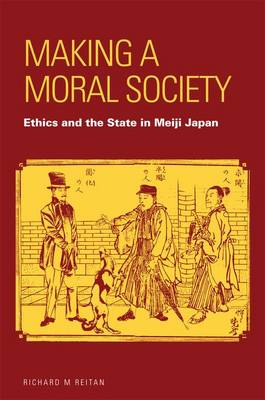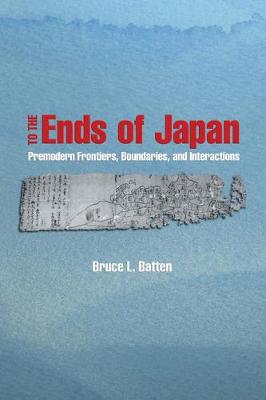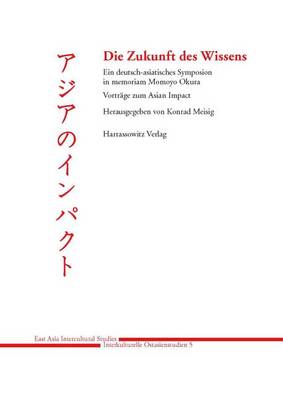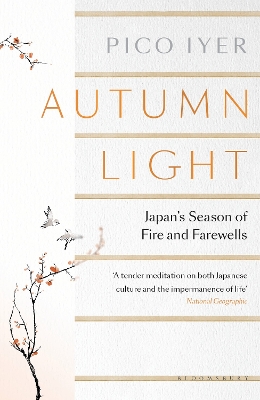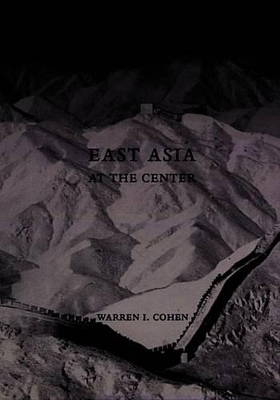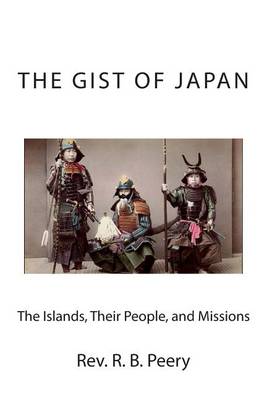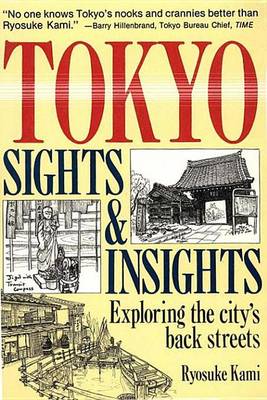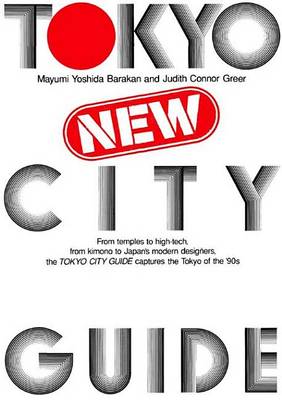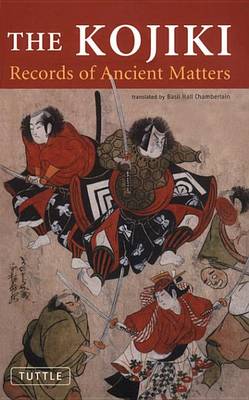This innovative study of ethics in Meiji Japan (1868-1912) explores the intense struggle to define a common morality for the emerging nation-state. In the Social Darwinist atmosphere of the time, the Japanese state sought to quell uprisings and overcome social disruptions so as to produce national unity and defend its sovereignty against Western encroachment. Morality became a crucial means to attain these aims. Moral prescriptions for re-ordering the population came from all segments of society...
This authoritative account of the Pacific arena in World War II brings fresh insight to the crucial questions: Why did Japan start the war in the Pacific? Why was the U.S. unprepared to meet the challenge? Tracing the history of Japanese aggression from 1853, Hoyt sheds new light on the "China Question," the rape of Hong Kong, the Bataan Death March, and the murder camps of the East Indies. He analyzed Japan's policy of hakko ichiu--all eight corners of the world under one roof--that precipitate...
Scottish Tours (8-vol. set) (ES)
Following the success of earlier facsimile collections (Lake District Tours: A Collection of Travel Writings and Guide Books in the Romantic Era and Picturesque Wales: Facsimile Reprints of ''Pennant's Tours'' and ''Wales Illustrated''), this is the third Edition Synapse collection of travel writing and guidebooks written during the period of 'picturesque tours'. Scotland became a popular destination for eighteenth-century writers. Samuel Johnson's A Journey to the Western Islands of Scotland (1...
Struggles for Survival: Institutional and Organizational Changes in Japan's High-Tech Industries
Die Zukunft Des Wissens (East Asia Intercultural Studies - Interkulturelle Ostasienst, #5)
For decades now, Pico Iyer has been based for much of the year in Nara, Japan, where he and his Japanese wife, Hiroko, share a two-room apartment. But when his father-in-law dies suddenly, calling him back to Japan earlier than expected, Iyer begins to grapple with the question we all have to live with: how to hold on to the things we love, even though we know that we and they are dying. In a country whose calendar is marked with occasions honouring the dead, this question has a special urgency...
What has been the role of government industrial policy in Japan's extraordinary post-war development? How has the role changed in successive phases of growth? What "lessons" can be learnt from this experience by other nations, be they in the West, or developing countries or economies in transition attempting to introduce competitive market structures? These are some of the main questions addressed in this absorbing and thorough study. Dividing the period into three main phases, the author sho...
This text shows how to use Japanese tools effectively and maintain them properly, and explains the role they play in traditional Japanese craftsmanship. It describes how to create razor-sharp cutting edges and introduces almost 50 different planes.--This text refers to the Paperback edition.
Exporting Japan examines the domestic origins of the Japanese government's policies to promote the emigration of approximately three hundred thousand native Japanese citizens to Latin America between the 1890s and the 1960s. This imperialist policy, spanning two world wars and encompassing both the pre-World War II authoritarian government and the postwar conservative regime, reveals strategic efforts by the Japanese state to control its populace while building an expansive nation beyond its ter...
A common misconception holds that Marco Polo "opened up" a closed and recalcitrant "Orient" to the West. However, this sweeping history covering 4,000 years of international relations from the perspective of China, Japan, Korea, and Southeast Asia shows that the region's extensive involvement in world affairs began thousands of years ago. In a time when the writing of history is increasingly specialized, Warren I. Cohen has made a bold move against the grain. In broad but revealing brushstrokes,...
Journey along the famed Tokaido Road--an ancient thoroughfare with a modern twist. The Fifty-Three Stations of the Tokaido is the best-known work of the great 19th century Japanese woodblock artist Utagawa Hiroshige. The series of 53 masterful woodblock prints depicts stops along the ancient Tokaido Road--which, from the eleventh to the nineteenth century, was the main thoroughfare between Tokyo and Kyoto. Though the road itself is now submerged under Japan's twenty-first-century urban landsca...
Flexible Rigidities
by Attached to Centre for Japanese and Comparative Industrial Research Currently Visiting Professor Ronald Dore
Tokyo New City Guide
by Mayumi Yoshida Yoshida Barakan, Mayumi Yoshida Barakan, and Judith Connor Greer
Rethinking Modern Japan (Nissan Institute/Routledge Japanese Studies)
by Terry Narramore
Rethinking Modern Japan is an accessible introduction to Japanese politics and society which combines both political and cultural studies approaches to understanding Japan. It explores the significant interaction between Japanese identity (cultural, national, regional, ethnic, gender-based) and the political (management, political economy, financial reform). Each chapter introduces the subject and gives an overview of the key literature in the area. The unique combination of cultural theory and...
Imperial Japanese Navy Battleships 1941-45 (New Vanguard, #146)
by Mark Stille
The Imperial Japanese Navy of World War 2 surpassed the Allied and Axis fleets in innovation and technology. This title covers the 12 Japanese battleships that saw service between 1941-45. Each class is considered in turn in light of its design and construction, its armament and wartime modifications. The author, Mark Stille, also uses first-hand accounts and dramatic photographs to tell the story of these mighty battleships at war, including major engagements during the raid at Pearl Harbor and...
Imperial Eclipse (Studies of the Weatherhead East Asia Institute, Columbia University)
by Professor Yukiko Koshiro

